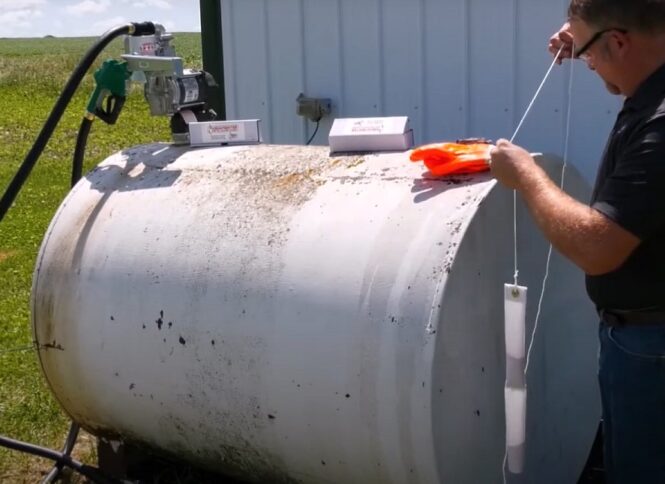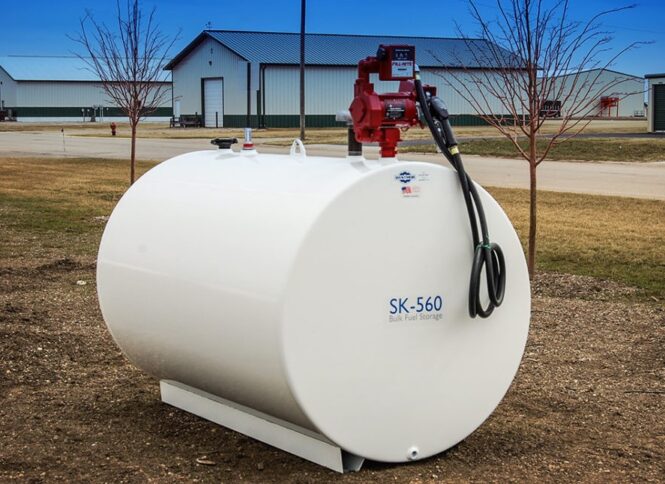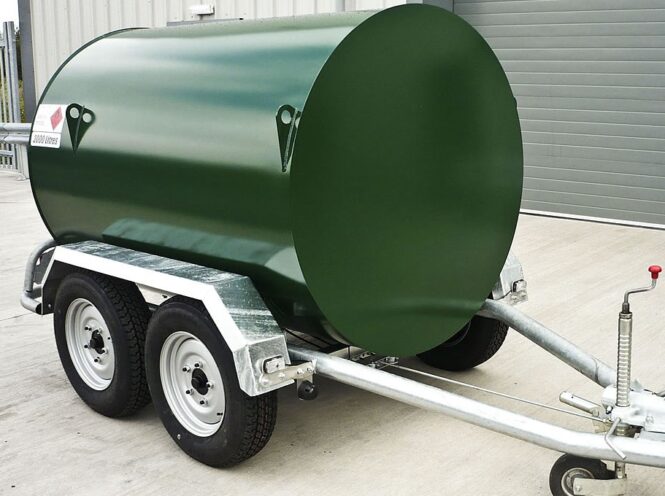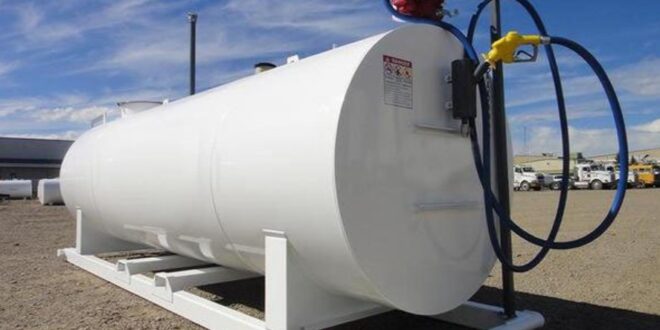The diesel tank is in charge of storing the diesel that is used for various purposes. Obviously, this is a critical position. A leaking or malfunctioning diesel tank is not only inconvenient, but it is also dangerous. Gas vapor is a major contributor to pollution, and in the right quantity, it may easily burn. Although liquid gas is dangerous (and should always be cleaned up when spilled), it is far more stable than evaporated gas.
Because of these factors, diesel tanks must be dependable and long-lasting. Visit tti.com.au for high-quality diesel tanks. Diesel tanks in cars are composed of lightweight plastic materials, and the same is made of aluminum or steel to transport diesel in large quantities. The material used to construct a diesel tank has a significant impact on its lifespan.
In this article, we will tell you everything you need to know about diesel tanks.
What are the materials used to create diesel tanks?

Diesel tanks are made of a variety of materials. Other compounds may be employed to assist in the construction of the tank, depending on the kind. Plastic polypropylene, regrind plastic, ethyl vinyl alcohol, high-density polyethylene, aluminum, and a plastic adhesive are all materials that you can always expect to see in a diesel tank.
Plastic polypropylene is the most frequent material for fuel tanks. This is due to the fuel tank’s flexibility and endurance, which allows it to properly store liquids while traveling across uneven terrain.
Reground plastics are also used in the production of these tanks. Post-consumer resin-like bottles, containers, and other waste materials are used to make these polymers. Convenience store products are recycled into fuel tanks through this procedure.
High-density polyethylene, or HDPE, is another material that makes up a fuel tank. This plastic component aids in the construction of the fuel tank’s shell, which keeps the liquid inside contained. The cap, seams, and threads all contribute to the overall structure of the garment.
Another component of gasoline tanks is ethyl vinyl alcohol (EVA). This substance aids in the formation of the chemical link that binds the parts together.
Another thing to think about is cost-effectiveness. The initial cost of building the fuel tank using a chemical bond may be higher than with an adhesive. Those who do use adhesives, on the other hand, must replace them on a regular basis as they wear out with time.
Constant replacement might be pricey as well. In the end, it is up to the manufacturer to decide which material to utilize. It does, however, have an impact on not just the cost but also the length of time the fuel tank can survive.
What is the average lifespan of each type?

Manufacturers aim for a minimum of 10 years of service with metal fuel tanks. There will be some variation in how long each material, whether coated steel or aluminum, will last individually, but the tank will endure at least a decade unless it is damaged from the outside. Metal tanks should only be replaced if they are significantly corroded or are damaged.
HDPE gasoline tanks have a long life expectancy since the plastic does not corrode and can flex slightly under pressure. HDPE was created expressly to handle harsh chemicals and is now used to hold substances far more toxic than gasoline; therefore, HDPE tanks are over-engineered in that regard. They will survive at least ten years, with the average being more than that. Shock and extreme temperatures are HDPE’s deadliest enemies, but the material is tough enough to withstand normal wear and tear.
Types of Diesel Tanks

1. Sub-Base Tanks
Sub-base tanks are used to store less than 1,000 gallons of fuel. Sub-base tanks are designed to fit above the ground but below the base of the generator set, as the name implies. Sub-base tanks have a rectangular cross shape with two walls. In the event of a leak, this helps to avoid fuel spills. Both tanks should be made of welded heavy-gauge steel.
The primary tank is equipped with a variety of pipelines and fittings, including gasoline supply and return, air vent, emergency pressure relief valve, and high and low-level fuel alarms. The tank fill mechanism must be constructed so that no spillage occurs during filling and the inlet valve closes automatically when the tank reaches 95 percent capacity. The primary tank is tested at five psig after installation, while the secondary tank is tested at three psig.
2. Underground Tanks
You can choose between underground and above-ground storage tanks if you need to store more than 1,000 gallons of fuel. Because they are protected from the elements, underground storage tanks are more expensive to install but have a longer life. Fiberglass-reinforced plastic is a viable option for underground storage tanks.
To give structural strength, such tanks are generally ribbed. Underground storage tanks can also be made of steel, but they must be properly cathodic protected against groundwater corrosion. Pipes from the subsurface storage tank to the generator can be made of fiberglass-reinforced plastic or cathodically protected steel, as well.
3. Above Ground Tanks
These tanks are installed above ground, as the name implies. While they are built similarly to underground storage tanks, the installation methods for the two types of fuel storage tanks are vastly different. This is due to the several aspects that must be examined in order to reduce the risks.
Above-ground storage tanks are a fire hazard, with the potential for fire to spread to other nearby businesses. As a result, these tanks must be placed at a minimum distance from adjacent facilities. Above-ground storage tanks must be surrounded by dikes to prevent spills and leaks. In general, the free volume encompassed by the dikes should be 110 percent of the tank volume.
Conclusion
Diesel tanks can last as many years as you want if you care for them properly. There are various types of diesel tanks in the market. To find the best one, first, analyze your needs.
 Imagup General Magazine 2024
Imagup General Magazine 2024
